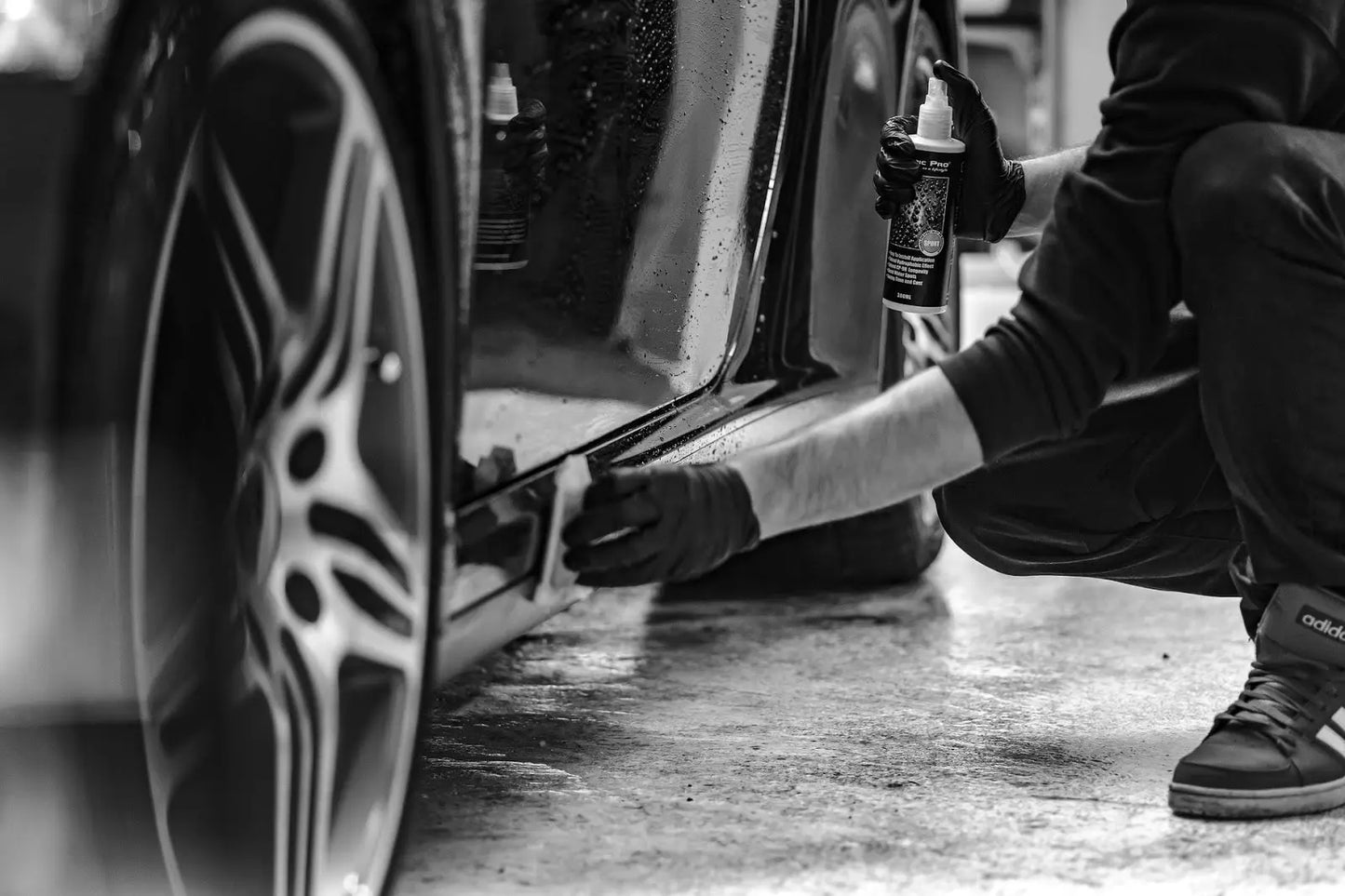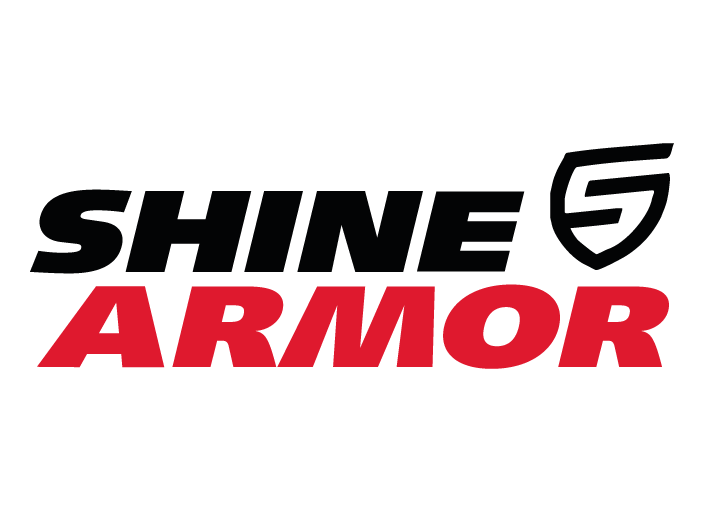
Scratches happen, but even knowing they are going to occur, they still remain an eyesore and risk to your vehicle's longevity and should be repaired. read this article in shine armor blog!
shine armor products:
- Ultra Concentrated Car Wash Soap
- Graphene Ceramic Nano Glass Coating
- Spray Wax Quick Coat for Cars
- Fortify Quick Coat
Know Your Paint
Scratches can be more than just an eyesore -- every layer applied to your vehicle plays a specific job.
The base metal is the primary shape of your vehicle, with the fillers and primers being the sandable layers that allow the surface to be sanded and shaped to near perfection. The base coat is the color applied, and is often mixed with metallic flakes or pearlescents to create a shine, sparkle, or color changing effects.
The clear is arguably the most important layer to your paint, as it plays a large range of roles.
Automotive clears add scratch resistance to your surface that can be corrected. This layer is designed to take the abuse from wind, rain, rocks, dirt, and other contaminants bouncing off at highway speeds.
This layer also protects your paint from the harsh UV rays from the sun. The ultraviolet rays break down the chemical compounds in paint causing them to discolor or fade. Clears and whites will become yellow, and darker colors such as red or blue will lose their pigments over time. Automotive clears protect your car's color from these harsh rays and are known as UV-resistant.
Why Fix Your Scratches
With the importance of your clear coat, damages such as gouges, chips, and crack become more than just the initial damage itself, but allow further damage to deeper layers.
A common form of damage is chipping paint, often deriving from just a scratch. The scratch allows moisture to seam under the paint and into the deeper, not-so-water-resistant layers.
As the moisture is either heated from the sun, or frozen during the winter, it begins to expand, breaking the outer layers of paint apart.
Determine the Depth of the Damage
The first step to any paint correction is understanding how deep your damage actually is.
Damage found within the clear coat of your vehicle is often easier to correct, while damage found in the deeper layers of your paint often require paint corrections.
The fingernail test is a quick, reliable method to testing the depth of a scratch. Run your fingernail over the surface of your paint crossing over the scratch, feeling for if your nail snags on the scratch.
If you feel nothing, you are dealing with a micro scratch which can be corrected with a polish or surface coating. If you feel a slight snag, you are dealing with a shallow scratch which can be corrected with a cutting compound or wet sanding.
If your nail does snag, you should take the time to perform a visual inspection, as paint correction may be needed.
Polishing
When dealing with micro scratches, polishing has remained a great way to remove scratches. Polishing is the act of leveling the area to reduce the visibility of possible imperfections. These scratches are common with standard vehicle usage, coming from standard wear or washing.
Polish is a thin liquid with an extremely fine grit mixed in, causing a microscopic sanding effect removing a thin layer of your clear until the imperfections are sanded away.
There are two main ways to apply polish to your vehicle, manually and mechanically.
Manual Application
Using an application pad, add the polish to the pad and begin working the area in circular motions.
You will be applying medium pressure, and working over the area.
Using a quality microfiber towel, wipe the area clean and visually inspect the surface to ensure your scratches have been removed.
You can always take more away, so be sure to visually inspect often.
This method takes quite a bit of time and elbow grease, to speed up the process you could use a mechanical application option.
Mechanical Application
When considering manually applying polish, it’s important to buy a device rated for polishing. These electronic applicators often use larger pads that rotate or oscillates allowing you to apply extra pressure, and work the area more quickly.
Caution should be taken to avoid overworking or overheating the area, which could cause permanent paint damage, which could be a costly repair.
Apply a reasonable amount of polish to the pad, working a small area at a time.
Wet Sanding
For more severe scratches or large areas, wet sanding remains a great option.
Wet sanding removes a larger amount of material, and should be done with relative caution.
You will need 3000 grit wet sandpaper, a container of water, and quality microfiber towels. Before doing anything, soak the sandpaper in water for 5 to 10 minutes ensuring it is completely saturated.
You will want to work small areas at first, ensuring you are overlapping with each pass. Working in a circular motion is encouraged to reduce directional scratches.
You are going to want to take your time when wet sanding, to avoid excess damage. If you sand through the clear into the base color, you will need to have the area re-cleared. Once you get to a point where most of the issues are smoothed, it’s encouraged to switch to polishing.
Summary
Fixing scratched and damaged surfaces will allow your vehicle to last longer, and look good doing so.
Once the damaged areas are repaired, it’s important to keep them sealed with surface coatings, such as those from Shine Armor.





